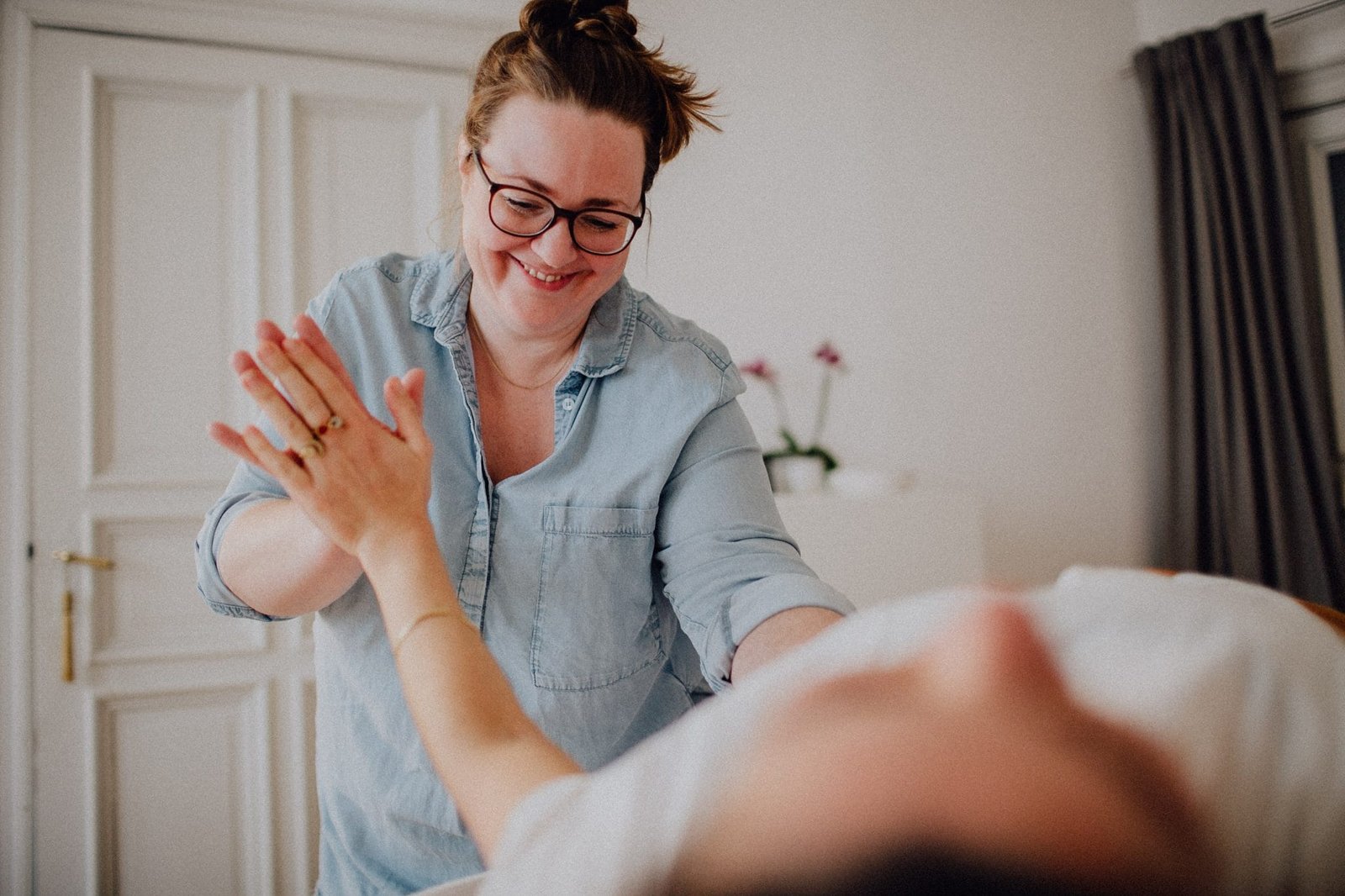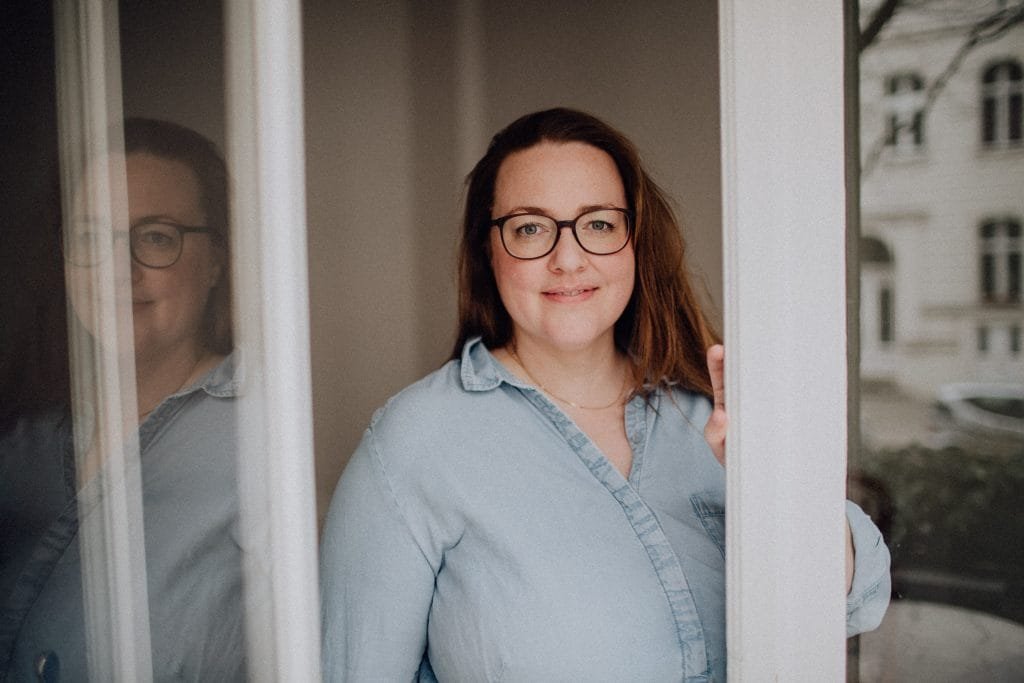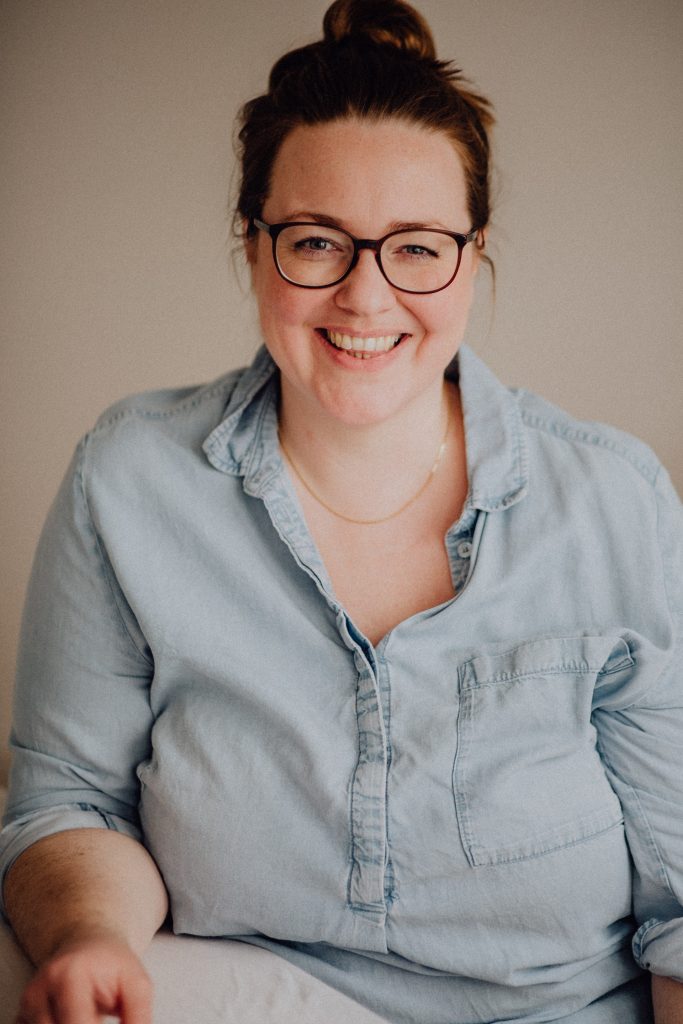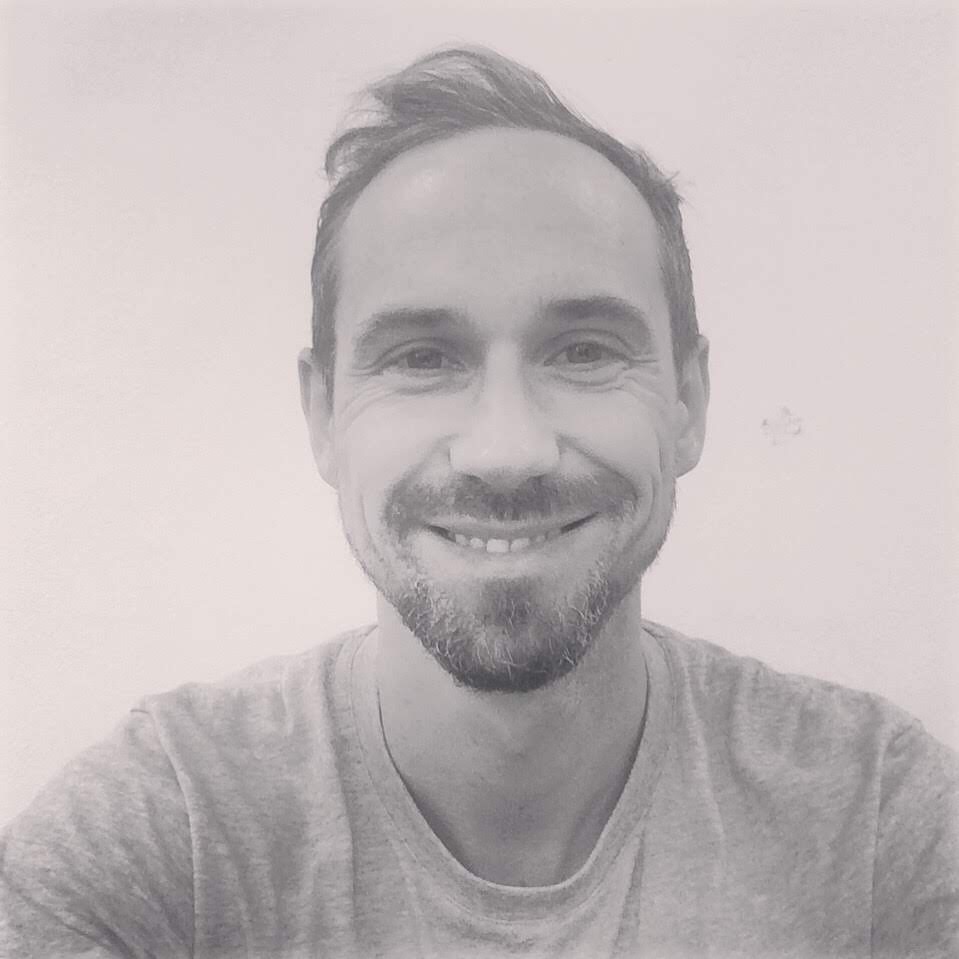
Lena Zinser, Pantarei Approach Practitioner
Hands and co-creation
In the midst of the Corona pandemic, our hands have needed to find outlets; ways to carry on in order to not remain idle. For a Pantarei Approach practitioner, the absence of touching others affects both client and practitioner. As Berlin comes out of isolation and lockdown, Lena Zinser carries a warm smile, delighted by having just completed a session with a client again.
Lena has spent her whole life working with her hands. After a 3.5-year apprenticeship as a goldsmith, she completed a diploma in product design in Berlin and Sweden. She then worked briefly making jewelry as she went on to do an MA in Design Research. When these studies finished, a recession and family circumstances left her not knowing exactly what to do. After an internship in project management and working in a kindergarten, she was about to open her own business designing children’s toys, but it became clear to her that product design wasn’t her path. Due to her father’s death, she needed to take a pause before deciding how to move forward.
While working through the trauma of having lost her father, Lena says her Pantarei Approach practitioner saw something in her that she couldn’t see in herself. Realizing she loved the sessions and what they did for her, she decided to sign up for the Pantarei Approach training program. At first, she wanted to simply know more about the approach, but within the first week she knew she had to become a practitioner. “It felt like before that I was always lost, and I didn’t know what I was supposed to do. There was a calling that I hadn’t fulfilled. During the first week, something in myself landed”.

When I ask Lena, how much of her week is related to the Pantarei Approach, she says:
“I feel Pantarei is with me all the time. I give regular sessions and attend the advanced courses and I love assisting and feel the energy from the teaching. It’s very interesting to see how Claudia and Vered teach. In the end, it is almost as if the practitioner’s way of thinking and the way of listening merged into everything I do — with every conversation I have, or person that I meet. “
Knitting is one of Lena’s other interests. She is currently knitting a linen shirt that requires the same stitch again and again over a long period of time. With the knitting she feels it gives her space and time to think and reflect. She says it’s a mediation and a way to come home to herself.
What does a slow process mean for you?
A process is a process. It is something that moves. Things don’t have to be fast for me or for my clients. I don’t feel the need to push. It’s important for me that things take the time they need when we are navigating through life. In that, there is so much power and strength.

You use your hands in craft and in Pantarei. How do these fields relate?
There is something very intuitive and intrinsic in the designing process. Something is in you and is moving through you to come out in the product or the material. When working with a client, it is of course not only what I think, but also listening to the client’s body in order to navigate and understand through touch. Creating something like jewelry or a shirt, I do that on my own. When I work with clients, it’s like a co-creation. We are in it together. It makes me very curious to notice what I perceive and to ask what the client perceives and to figure out how we can explore and share that in sessions.
Lena sees her job of a Pantarei Approach practitioner as bringing out the client’s intuitive and intrinsic nature. Connection is another crossover between her previous training and working as a practitioner. “As humans we have this wish to create. That can be something very physical. And it is a process to bring form to this idea. With somatic bodywork, it is also the wish to create something; a better life, an understanding about how to navigate, or wishes to digest trauma — immaterial things. The processes can be similar. I start mapping the different aspects, stories, and backgrounds of the client. We do the same in design. When I create something material, I go into connection through the object. In a Pantarei session there are two subjects and therefore there is connection through thoughts and touch.”
“What I want is to create a very safe space where clients know that I really enjoy working with them” she says as she places her hand on her chest. “There is a very, very deep interest for every person that comes to me. I am so curious to listen and work with their stories and create change in the direction they wish.“ She feels responsible for creating a calm and rich space where clients can come home to themselves and explore how that can happen.
When asked to share something about herself that others might not know, she smirks, and her eyes look a little mischievous. “Oh yeah! I think there are many things people don’t know about me. I think those small things that you find out about your old friends are so interesting. One thing about me is that I like to write. When I say I studied product design, people think I just make. But I’ve always enjoyed writing scientifically and also writing in journals.”

How has Being a Pantarei Approach practitioner helped you in your daily life?
I can talk for two hours to answer that! It really changed my life. Pantarei came to me at a time when I was really unhappy and very depressed and lost. I didn’t know at all what to do. Learning to become a Pantarei Approach practitioner allowed me to flow through the emotions after losing my father, and through the process of grieving. In that sense it helped me immensely.
The way to listen to people on a daily basis has also changed. It makes the world so much more exciting. I learned how to listen from a soft, open and more tolerant place — I learned how to listen from a heart space. It gave me a sense of what I want to do. With all of the things that I did before, the design making and goldsmithing — it didn’t make sense that I switched to bodywork because I always wanted to make things for people so that they feel better. But with Pantarei, I eventually realized I am even closer to that idea and closer to the people. It all comes together now.
by Mike O’Connor, sh*************@***il.com 
Lena Zinser contact:
Portrait Photographer: Ricarda Schueller



iliana
June 26, 2020 at 7:07 pm<3